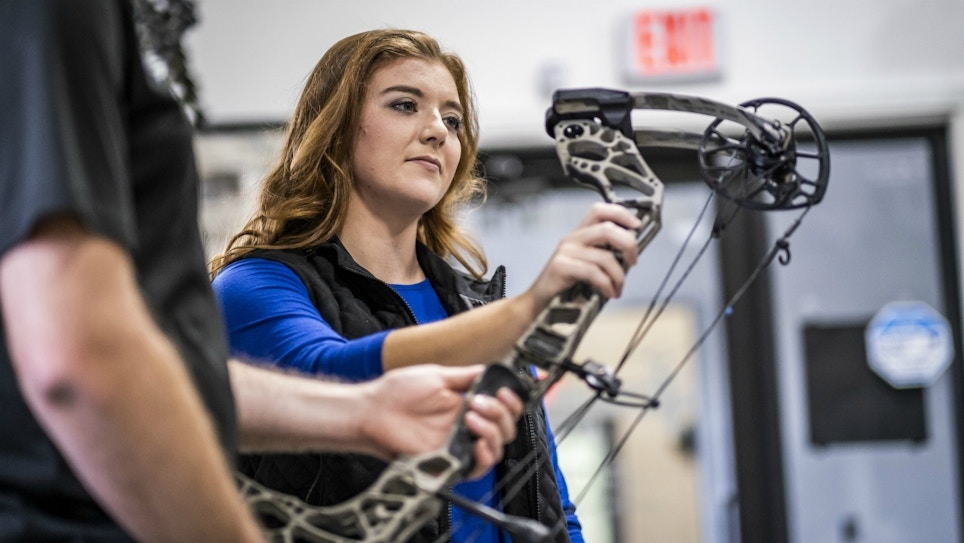One size does not fit all. Even though people look for excellent customer service, the way they want to receive it is changing. As we all know, a happy customer is likely a repeat customer and also the best advertising your business can have. And that advertising is free, save for the cost of doing business the right way. But if you’re not convinced, here are 24 customer service statistics that prove the theory.
Good Customer Service = Success
1. Various sources estimate that it is anywhere from three to 30 times as expensive to attract a new customer as it is to retain an existing one.
2. According to Bain & Company, increasing customer retention rates by 5% increases profits anywhere from 25 to 95%.
3. According to Walker, customer experience will overtake price and product as the key brand differentiator in 2020.
Bad Customer Service = Failure
4. According to the Customer Experience Impact Report by Harris Interactive/RightNow, 2010, 82% of consumers in the U.S. said they’ve stopped doing business with a company due to a poor customer service experience. Of these, 73% cited rude staff as the primary pain point, and 55% said a company’s failure to resolve their problems in a timely manner drove them away.
5. 50% of Gen Xers and 52% of baby boomers stopped doing business because of poor customer service, according to an eMarketer article.
6. Americans tell an average of nine people about good experiences and tell 16 (nearly two times more) people about poor experiences, according to American Express.
7. American Express also says that 33% of Americans say they’ll consider switching companies after just a single instance of poor service.
8. In Understanding Customers by Ruby Newell-Legner, the author assets that it takes 12 positive experiences to make up for one unresolved negative experience.
9. Newell-Legner also asserts that a typical business hears from 4% of its dissatisfied customers, that 96% of customers don’t voice complaints, and that 91% of unhappy customers never come back.
Why Customer Opinions Matter
10. 58% of Americans perform online research about the products and services that they are considering purchasing, according to Pew Research.
11. When it comes to making a purchase, 64% of people find customer experience more important than price.
12. 40% of customers switch brands or services because a competitor offers better customer support.
13. According to www.convinceandconvert.com, answering a social media complaint increases customer advocacy by as much as 25%.
Customer Relationships Are Powerful
14. Research from NewVoiceMedia reveals that an estimated $62 billion is lost by U.S. businesses each year following bad customer experiences.
15. According to Forrester, 69% of U.S. adults shop more with retailers that offer consistent customer service both online and offline.
16. More and more, consumers make purchasing decisions based on buying into an idea and an experience, according to an article on www.McKinsey.com.
17. The Maritz study reported 83% of complainants who received a reply liked or loved the fact that the company responded. Also, Oracle found that 22% of consumers who received a response to their complaint ended up posting a positive comment about the company.
18. A high customer retention rate can increase profits by anywhere from 5 to 95% (Bain & Company). In addition, it costs as much as six or seven times more to acquire a new customer than to retain an existing one.
5-Star Customer Service
19. Many consumers prefer traditional channels, like a phone, to communicate with a company. But according to November 2015 research, the phone can also be the most frustrating customer service channel, according to U.S. internet users. That survey showed that the most frustrating channels were the phone/voice (32%); company website (15%); live chat (13%); and email (12%).
20. The same survey showed that the least frustrating customer service channels were Instagram (2%); Yelp (3%); Facebook (5%); Twitter (6%); text/SMS (6%); a messaging app (6%); and in-person communication (7%).
21. Today’s shoppers don’t view online and in-store as discrete channels and expect the same level of “perceived convenience” no matter where they shop. In fact, 51% of consumers associate convenience with a great shopping journey, regardless of channel. In North America, convenience has been raised to new levels, with 57% of respondents in the region valuing convenience above all else, compared to 50% in Europe.
22. According to www.Comm100.com, millennials prefer chat support channels over others. This survey showed that 71% of those aged 16 to 24 and 65% of those aged 24-35 expect a quick response to their inquiries, and that live chat can provide that service. Also, 58% of millennials feel that they should have access to brands anywhere, anytime, and that 52% would rather converse via text than any other format.
23. 27% of Americans report “lack of effectiveness” as their number one frustration with customer service; 12% of Americans rate their number one frustration with customer service as “lack of speed,” and 10% site “lack of accuracy” as their biggest frustration.
24. In the above survey, Esteban Kolsky, CEO of thinkJar, reports that 91% of unhappy customers who are non-complainers simply leave without complaining, and that 44% of customers confirm that they have received the wrong answer from a customer service representative in the past.
Have any tips for us on your own customer service successes, or failures? Drop me a note at editor@grandviewoutdoors.com.






